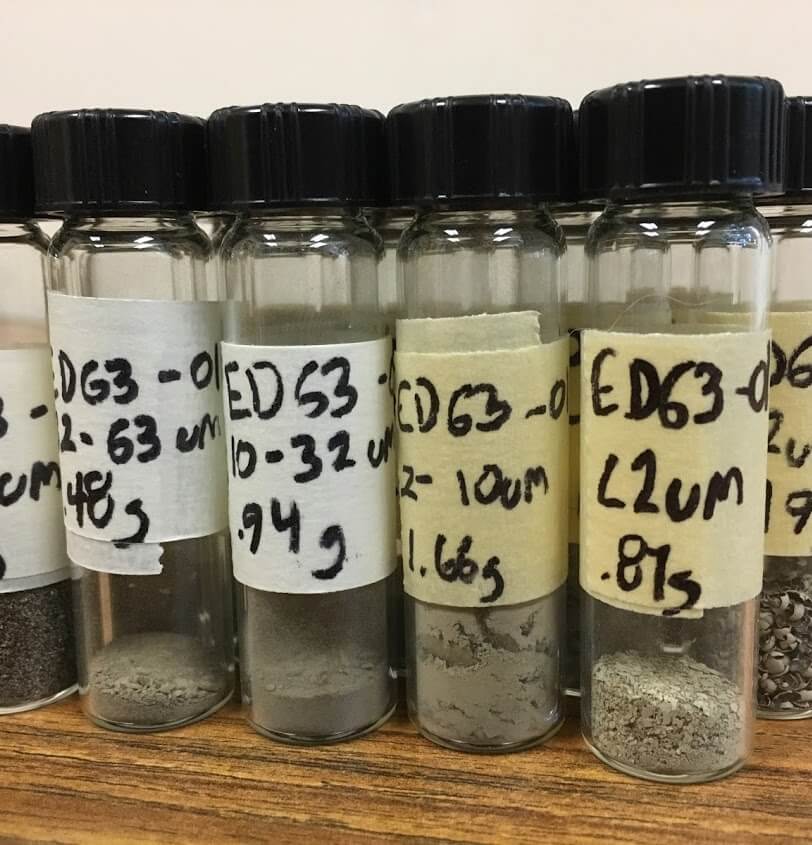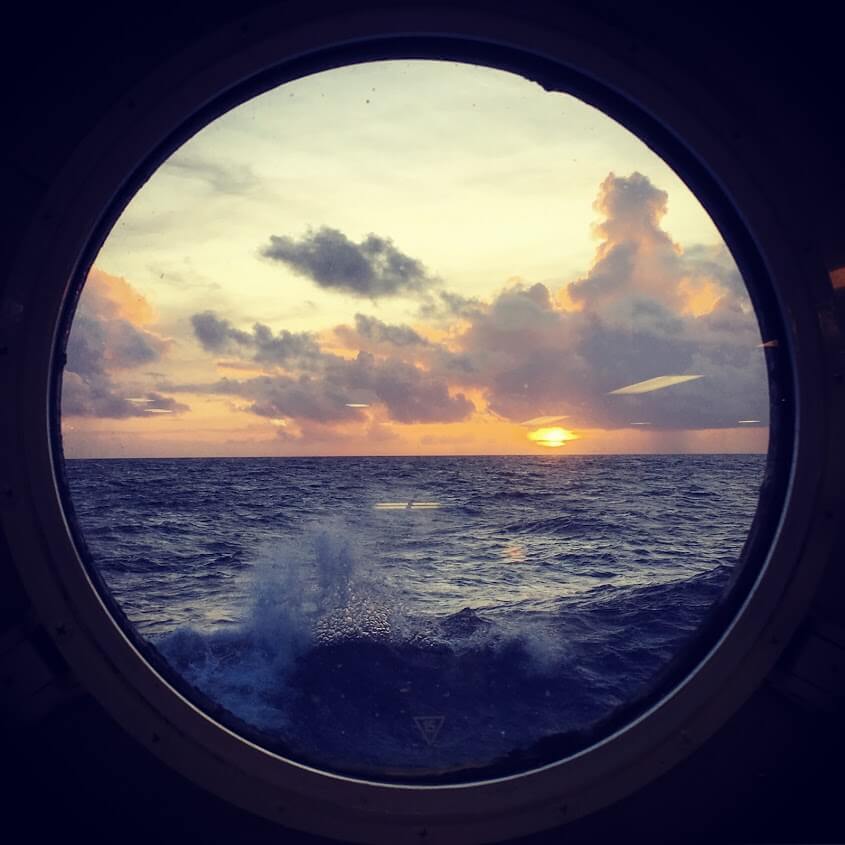Rock & Environmental Magnetic Research at UF



Magnetic minerals (e.g. magnetite, titanomagnetite, hematite, and maghemite) are ubiquitous in the natural environment. These minerals generate specific and measurable responses when exposed to externally applied magnetic field that can be used to characterize and fingerprint their presence in natural geological archives such as rocks and sediments. Crucially, these minerals have also show to be strongly sensitive to environmental variations over timescales ranging from from hours and days, to changes over millions of years. As a result the magnetic properties (magnetic concentration, mineralogy, grain size) of geological samples have become important proxies for environmental change.
At the University of Florida we have a sophisticated range of tools (see our facilities page) to measure magnetic properties, establish mineralogy, concentration, and magnetic grain size and to track changes in their occurrence, abundance, or even absence in a range of natural archives. These results underpin all of our paleomagnetic data and environmental magnetic interpretations and so rock magnetic techniques are interwoven into all our projects at UF.
One emerging technique frequently employed at UF involves understanding the particle-size-specific nature of magnetic properties. Put another way, how does magnetic concentration, magnetic mineralogy, and magnetic grain size vary with different sediment particle size fractions? Oftentimes we find that magnetic minerals are strongly particle-size dependent and when you sieve the material into different grain size ranges, one or two specific size fractions (e.g. clay, silt, sand, etc) host much of the magnetic material. See Hatfield (2014) for more details. These findings are starting to fundamentally inform how we understand environmental magnetic records, how we interpret bulk (whole sample) magnetic properties, and armed with this information, how we can use it to reveal new information about changes in earths past.
Dr. Hatfield is heavily involved this specific avenue of research at UF and has used environmental magnetism to fingerprint and track environmental change in a range of different environments from lake catchments and river systems, through coastal zones, and in the deep ocean basin. Current topics involve reconstructing the behavior of the Greenland Icesheet over hundreds of thousands to millions of years (Hatfield et al., 2016; Blake-Mizen et al., 2019), understanding the relative importance of sediment source and sediment transport for using magnetic properties to track changes in deep ocean currents (Hatfield et al., 2013; 2017; 2019), and discriminating different terrestrial source end-members for provenance studies (Hatfield and Maher, 2008; 2009; Hatfield et al., 2013; 2017).
These techniques are applicable to a wide range of different environments. We are just getting started on opening the door to use them for environmental change. New topics and avenues of research are always opening up. If you would like to know more please drop Dr. Hatfield, Dr. Meert, and/or Dr. Sprain a line!